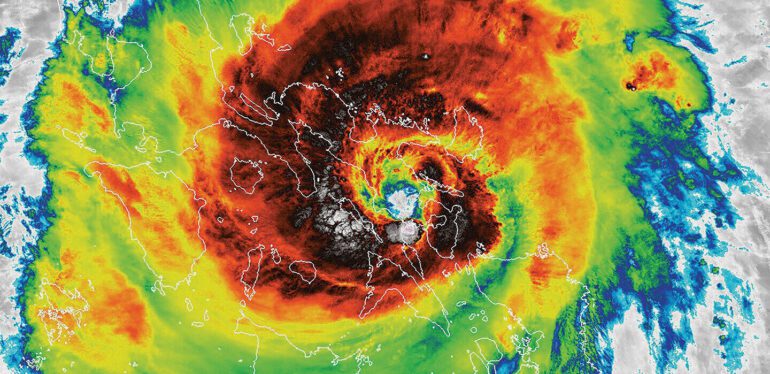TL;DR:
- NOAA’s National Weather Service (NWS) adopts AI for accurate multilingual weather forecasts and warnings.
- AI software has been trained for weather terminology in Spanish and Simplified Chinese, with plans for more languages.
- House Appropriations Committee supports this effort, highlighting its life-saving potential.
- Collaboration with Lilt, a machine learning company, yields significant efficiency gains.
- The new website offers multilingual navigation, hazard maps, and other features.
- Future plans include API integration, Common Alerting Protocol, and automated social media posts.
Main AI News:
In a bid to enhance the precision, efficiency, and inclusivity of its weather forecasts and warnings, NOAA’s National Weather Service (NWS) has turned to artificial intelligence (AI). For three decades, NWS has been manually translating weather information into Spanish, but now, with the aid of AI, this critical service is taking a monumental leap forward.
The NWS embarked on a series of pilot projects in recent years to train AI software in the intricacies of weather, water, and climate terminology. The focus has been on two of the most commonly spoken languages in the United States after English: Spanish and Simplified Chinese. The success of these efforts has prompted plans to expand the AI’s language capabilities to include Samoan, Vietnamese, and more in the future.
This groundbreaking initiative has received support from the House Appropriations Committee, as evident in NOAA’s fiscal year 2023 Congressional budget. U.S. Rep. Grace Meng (D-NY), a member of the House Appropriations Subcommittee on Commerce, Justice, and Science, highlighted the importance of timely weather alerts in multiple languages, emphasizing their potential to save lives. She commended the collaborative efforts of the National Weather Service and Lilt in working toward this goal and promoting inclusivity in diverse communities.
Ken Graham, director of NOAA’s National Weather Service, emphasized the project’s goal of enhancing service equity for traditionally underserved populations with limited English proficiency. As climate change fuels more extreme weather events, providing forecasts and warnings in multiple languages becomes crucial for community and individual readiness and resilience.
To realize this ambitious translation service, the NWS partnered with Lilt, a machine learning company specializing in large language models tailored for multilingual customer experiences. Through rigorous pilot projects, NWS scientists trained the Lilt language model in the nuances of weather terminology, yielding impressive results.
Monica Bozeman, an automated language translation lead with NWS, noted the remarkable speed at which the AI model learned NWS terminology and reduced the time needed for translations. For instance, Spanish forecasters saw translation times for National Hurricane Center storm products drop from an hour to less than 10 minutes. This efficiency allows forecasters to dedicate more time to core duties such as forecasting and decision support services.
Bozeman also stressed the importance of community feedback to ensure culturally meaningful and comprehensible translations, particularly for languages like Simplified Chinese.
The new website features include navigation, instructions, and descriptions available in supported languages, hazard maps in each language, geo-location services to identify local weather forecast offices, tooltips for glossary terms, links to download text products, permalinks to text products, alert banners for short-fused hazards, and translated NWS Weather Safety Infographics.
Looking ahead, NOAA envisions expanding the reach of these translations, potentially integrating them into the NWS API, adopting Common Alerting Protocol format, and automating social media posts in multiple languages. The use of AI in language translation offers numerous advantages, from higher accuracy and reduced risk of errors to greater scalability and efficiency in serving diverse linguistic communities.
Conclusion:
NOAA’s integration of AI technology for multilingual weather services marks a significant advancement in the market. It not only enhances the accuracy and efficiency of weather forecasting but also extends the reach of critical weather information to linguistically diverse communities. This innovation sets a precedent for leveraging AI in public services and showcases its potential to improve accessibility and inclusivity across various industries. Businesses should take note of this development and explore opportunities to harness AI for similar purposes, considering the growing importance of serving diverse customer bases.

